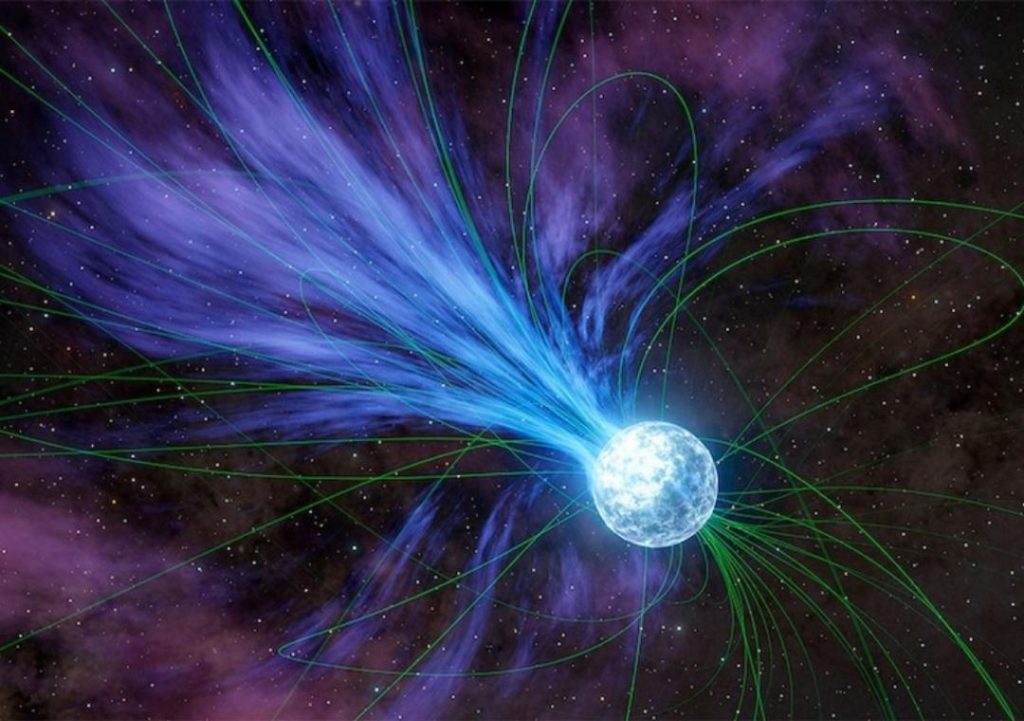
Gold & Platinum created through neutron stars’ explosions: Study
The origin of precious metals like gold and platinum has long been a topic of fascination for scientists and treasure hunters alike. While we’ve known that these metals are formed through natural processes, the exact mechanisms behind their creation have remained a mystery. That is, until now. A recent study led by Columbia University student Anirudh Patel has shed light on the cosmic events that helped create these valuable elements.
According to the study, magnetars – extremely magnetic neutron stars – played a crucial role in the creation of gold and platinum. These stars are born when a massive star runs out of fuel and collapses under its own gravity, resulting in an explosion that forms a neutron star. What sets magnetars apart from regular neutron stars is their incredibly strong magnetic fields, which are millions of times stronger than the Earth’s magnetic field.
These powerful magnetic fields are thought to be responsible for the creation of gold and platinum. When a magnetar explodes, it releases a massive amount of energy in the form of flares, which contain high-energy particles and radiation. These flares are capable of synthesizing heavier elements, including gold and platinum, through a process known as rapid neutron capture or r-process nucleosynthesis.
The study suggests that the explosion of a magnetar over 20 years ago released flares that contained these precious metals. This event is believed to have occurred in the Milky Way galaxy, although similar explosions occur approximately once per decade in the Milky Way and annually across the observable universe.
The discovery of gold and platinum in the flares released by magnetars has significant implications for our understanding of the origins of these precious metals. For centuries, humans have been fascinated by gold and its uses, from jewelry and currency to electronics and medicine. Despite its widespread use, the origin of gold has remained a topic of debate among scientists.
One theory is that gold is created through a process known as supernova nucleosynthesis, which occurs when a massive star explodes as a supernova. During this explosion, the star’s core is compressed and heated, causing the formation of heavy elements like gold. However, this theory has been challenged by some scientists, who argue that the conditions required for supernova nucleosynthesis are not sufficient to produce large amounts of gold.
The discovery of gold and platinum in magnetar flares provides a new explanation for the origin of these precious metals. The study’s findings suggest that magnetars are capable of producing large amounts of gold and platinum through the r-process nucleosynthesis, which involves the rapid capture of neutrons by atomic nuclei.
The implications of this discovery are far-reaching, providing new insights into the origins of precious metals and the formation of the elements that make up our universe. The study’s findings also highlight the importance of magnetars in the creation of heavy elements, which are essential for the formation of planets and the evolution of life.
In conclusion, the study led by Anirudh Patel has shed new light on the origins of gold and platinum, revealing that magnetars play a crucial role in their creation. The discovery of these precious metals in magnetar flares provides a new explanation for their origin, challenging previous theories and highlighting the importance of these cosmic events in the formation of the elements that make up our universe.






